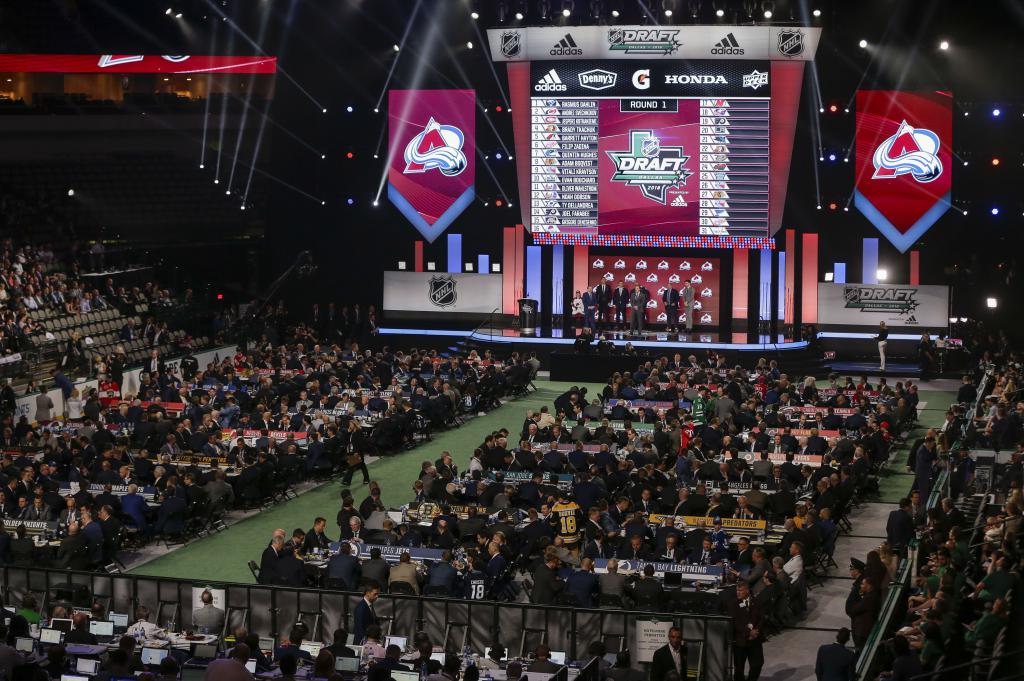A new way to rate Prospects: Introducing Future Value V 1.1

In EliteProspects’ pursuit for the internet’s most comprehensive prospect coverage, we’re borrowing a term from baseball scouting: Future Value (FV).
The goal of FV is simple: Provide a single number to evaluate a prospect’s value, making for accessible comparisons between prospects.
More specifically, FV is the anticipated value of a player during the prime of their career. The focus is on two primary considerations: The most probable NHL outcome for the player, and how likely they are to hit that outcome. FV forms the basis for the tiers in the EliteProspects prospect ranking, with adjustments being made inside each grade to adjust for positional value. For example, centres and defencemen receiving higher weight than wingers, with all things considered equal.
FV uses the 1-to-9 scale, with 5 as the average – the same scale that EliteProspects uses for individual tool grades, like skating, shooting, etc. We use half-grades to denote players who don’t fit perfectly into a 5, 6, 7, etc. The grading scale doesn’t align perfectly with actual NHL value – but how many legitimate No. 2 defencemen there are is up for debate anyhow. The chart below provides a rough approximation of what each value translates to in NHL ability.

At first glance, an FV of 5 seems underwhelming. After all, that’s basically an everyday NHLer grade – certainly not a high-upside one. An FV of 5 is a confident projection that the player becomes a valuable NHL player, at minimum – that’s no small feat. Only 40-60 players become NHL regulars from each draft class, and even fewer positively contribute. Even an FV of 4.5 is quite the sturdy projection, with the 4.5s comprising of possible NHL players, but volatile projections.
The top-end of the scale will be used infrequently. Of drafted prospects, we’ve only graded four prospects with an FV of 7, projecting them as probable top-5 forwards or top-2 defenders on a team. That’s not say that only four players will hit those projections – it’s that we can only confidently project four players as probable to hit those outcomes.
This might seem a bit abstract, so let’s use Bowen Byram as an example. Byram carries an FV of 6.5, projecting him as valuable as a No. 3 defender. There’s a high chance that Byram outperformance that FV and becomes a top-two defender. But we’re not confident that the most likely outcome for Byram is a top-two defender. In an uncertain, constantly changing environment, we err on the side of caution and round down.
Ultimately, there were only 51 drafted prospects that we projected as above-average NHL players (FV = 5.5 and above) – and even that might seem a bit optimistic.
Future Value provides an accessible single number to assess the value of prospect. As with any new tool, there will likely be tweaks and adjustment along the way as we take in feedback from the public.
Tune in on Wednesday, as we start the countdown of the 75 best affiliated prospects outside of the NHL. Our decisions will be informed in no small part by Future Value.
